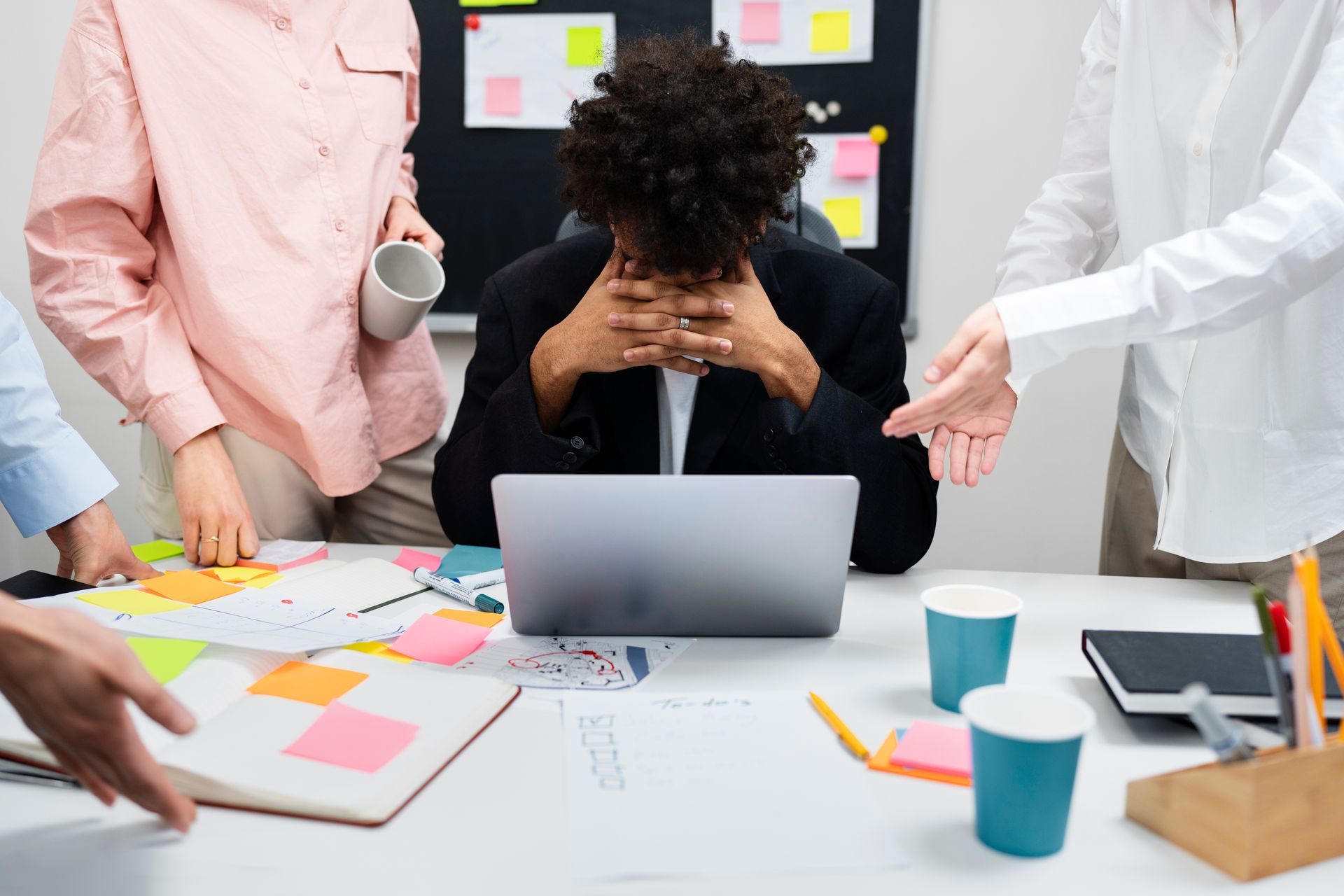3 Ways Toxic Workplace Culture Hurts Everyone

A toxic workplace can make even the best job feel like a nightmare. When negativity takes over, it creates serious problems that affect everyone involved.
Lower Productivity and Performance - When employees feel stressed, unappreciated, or constantly criticized, their work quality drops. People spend more time worrying about drama than focusing on their tasks. This means projects take longer to finish, and the company's overall results suffer. Workers who feel beaten down simply can't give their best effort.
High Employee Turnover - Nobody wants to stay in a place where they feel miserable. Toxic environments cause good employees to quit and look for better opportunities elsewhere. This creates a costly cycle where companies constantly need to hire and train new people. The remaining staff gets overworked trying to cover for those who left.
Mental Health Problems - Toxic workplaces take a real toll on people's well-being. Employees often experience increased stress, anxiety, and even depression. This doesn't just hurt them at work – it affects their personal lives too. When people dread going to work every day, it impacts their relationships and overall happiness.
To consider whether your culture might be toxic and what you can do about it, click here to learn about 8 Signs of a Toxic Culture and suggestions for overcoming the negativity.
Having a positive workplace culture isn't just nice to have – it's essential for success. What action could you take to create a healthier workplace culture?

